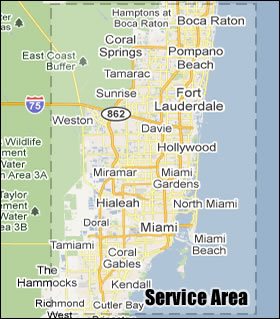Have you ever paid attention towards the central air conditioning system? If so, then did you realize how they work? How many sections do they have? Well! If you haven’t thought about it, then don’t be impatient, we will discuss all this in this blog. Actually, most central air conditioning systems are also called as split machines. Yes! You heard it correctly! Actually what happens is they are made up of two distinct modules which are physically separated but are made to work jointly. So, having said this, let’s get into the details what are those basic units, how they function, how they work together to give you a desirable temperature. All this is briefly described by AC repair Homestead here in this blog. So let’s get started.
Outdoor Unit
The outdoor component contains noisier modules like compressor whose main function is to pump or pressurize the refrigerant. Pressurization process will convert the refrigerant from a low pressure to a high pressure gas and then heat gets generated. After this, the compressor moves the hot refrigerant to the condenser coil which is the another component of the outdoor unit. Now, the refrigerant gets circulated and coil discharges heat, which makes the refrigerant to cool down and converts it into a liquid. The condenser fan blows the heat out of the unit which allows the heat to disperse and fosters the refrigerant to leave the outdoor module.
Indoor Unit
The indoor mechanism contains the cooling components and air handling equipment. When the refrigerant gets circulated indoor it loses pressure and gets cooler. It goes to the expansion valve whose function is to control the volume of refrigerant that enters the evaporator coil, which is a collection of tubes located to the furnace and at this point air handler draws the air from the ducts and blows it across evaporator coils. Now, once the air gets cooled the blower blows it into the ducts and then ducts transfer the air throughout your home.
Now, these are two basic sections which AC repair Homestead has briefly stated here, and the refrigerant travels the same processes again in a cyclic manner until the indoor temperatures become sufficiently cool.


